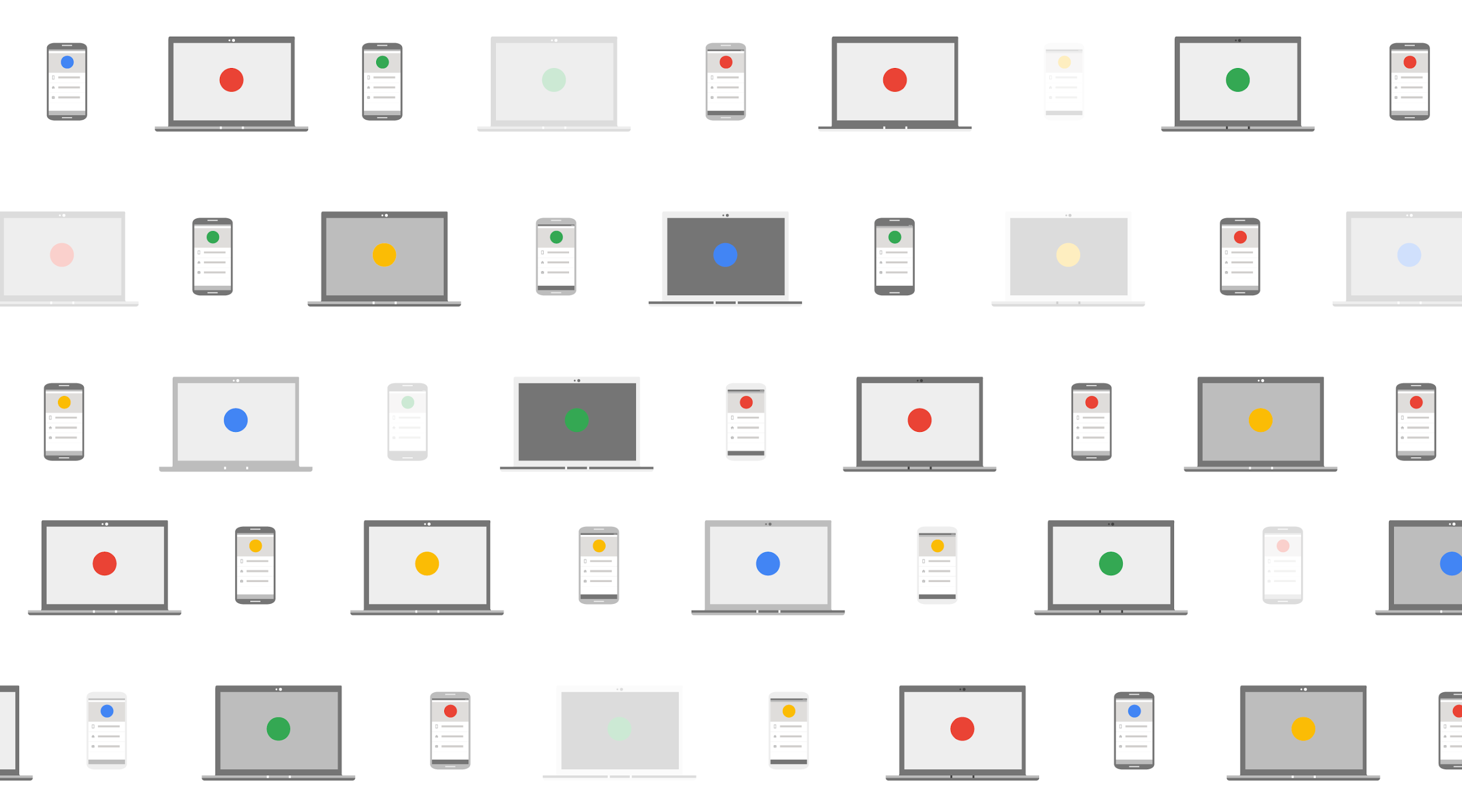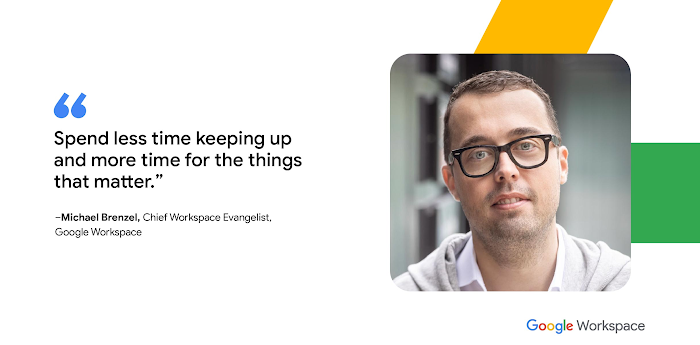4 things to consider when choosing video conferencing solutions

Rany Ng
Director of Product Management, G Suite, G Suite
Thinking about implementing a video conferencing solution within your organization? Here are four must-have criteria that we recommend you keep in mind during your selection.
Try Google Workspace at No Cost
Get a business email, all the storage you need, video conferencing, and more.
SIGN UPWhen it comes to communication, more than 50 percent of meaning is conveyed through body language, which explains why many people prefer to connect face-to-face at work to solve problems. Because of this, businesses are turning to video conferencing to help them do so in an increasingly virtual workplace.
We underwent this shift at Google nearly a decade ago when we became a video meeting-first company, and we learned a lot throughout that process. If you’re thinking about implementing a video conferencing solution within your organization, here are four must-have criteria that we recommend you keep in mind during your selection.
1. Make sure it integrates with your workflows.
Between tracking down dial-in information and entering complicated meeting codes, the first few minutes of a meeting are often wasted fussing with technology. This is because apps that businesses rely on to schedule or host meetings are not built to work together. To go all in on video conferencing, you need technology that is intuitive and integrates easily within the workflows that your employees are already used to. Otherwise, it’s a wasted investment.
As a part of G Suite, Hangouts Meet automatically works well with productivity apps that are vital to running meetings, like email, scheduling, document creation and archiving tools. There are many different touch points between G Suite apps that can simplify your meeting workflows (no more difficult meeting codes or tracking down a conference room). Here are some examples.
Scheduling: Book rooms and equipment or stream company-wide meetings (with up to 100,000 viewers) all from within your meeting invite in Google Calendar. You can even schedule, modify or cancel a meeting in Hangouts Chat with a simple command to the Meet bot.
Joining: Join video meetings from Calendar, Meet hardware and the Meet app on Android and iOS with just one click, You can also use dial-in numbers from your Calendar app to join over the phone in case of low connectivity.
Document creation and archiving: Attach documents from Google Drive to a Calendar invite and have them available within a meeting, or record meetings in Hangouts Meet and have them auto-saved in Drive.
When it comes to getting employees comfortable with the idea of video conferencing, these integrations can make a major impact (not to mention it can help individuals stay productive).
2. Make sure you understand the real cost.
Depending on the technology, meeting rooms can cost upwards of tens of thousands of dollars, and even more if you factor in additional costs for stand alone video services. In 2006, we unreasonably invested $50,000 per room in equipment at Google before licensing and support fees (wowzer!), a problem that’s all too common for large and medium-sized businesses.
With so much money invested, you need to look out for additional “per usage” costs or add-on premium features. In some instances, these costs can rise into tens of thousands of dollars. Make sure you understand how pricing scales with usage as well—hidden costs for international dial-ins and pricing for add-ons like live streaming can hike up costs further.
We strongly believe that a video-first culture is essential to the modern way of collaborating, which is why we’ve made Hangouts Meet available to all G Suite customers. There are no additional usage-based fees on top of the G Suite license, which means that customers don’t end up with a bill for something they rarely use. For example, Celestica standardized on Meet and Meet hardware for video conferencing and saw a 90 percent decline in the cost of equipping meeting rooms.
3. Make sure it works with your existing infrastructure.
Many of the hidden costs mentioned above can be attributed to constraints from legacy infrastructure. That’s why it’s important to factor in whether new video technology works with hardware that you’ve already installed, like in-room cameras or microphones. This not only reduces costs, but can also reduce the burden on your IT teams.
Hangouts Meet is interoperable with traditional video conferencing devices for this reason. If you use existing technology from third-parties like Cisco, Polycom or Skype for Business, you don’t have to start from scratch when you switch to Meet. Google has partnered with Pexip to enable internal and external participants to join Hangouts Meet meetings from their preferred platform.
Bonus: should you choose to go all in on G Suite meeting solutions, Hangouts Meet Hardware can help reduce the time your business spends on spatial planning (check out our handy room design guide for tips), as well as complicated installation and training. We recently announced G Suite hardware partnerships with Logitech and Acer Chromebase to bring businesses more options. Read more about that in this post.
4. Make sure your solution is easy to scale.
If you want to roll out video conferencing at your organization, especially globally, you need technology that can scale. A large part of this is reducing support requests that come through to IT teams.
A big part of understanding how new solutions can work across separate teams or functions, is understanding how your meeting room space is already being utilized. With G Suite, IT admins can use tools like the Room Insights Dashboard within the Admin console to see things like which rooms are most popular and over (or under) utilized, or which equipment drives room usage. Admins can also access activity logs to detect and mitigate issues with infrastructure to avoid hindering roll out—critical information when it comes to planning new video conferencing needs.
Ready to give video meetings a shot? Learn more on our website or check out this Help Center article to get started. Or if you’re already using (or experimenting) with video conferencing in your organization, check out this article where I outline a few tips that can help you make the most of your meetings.



